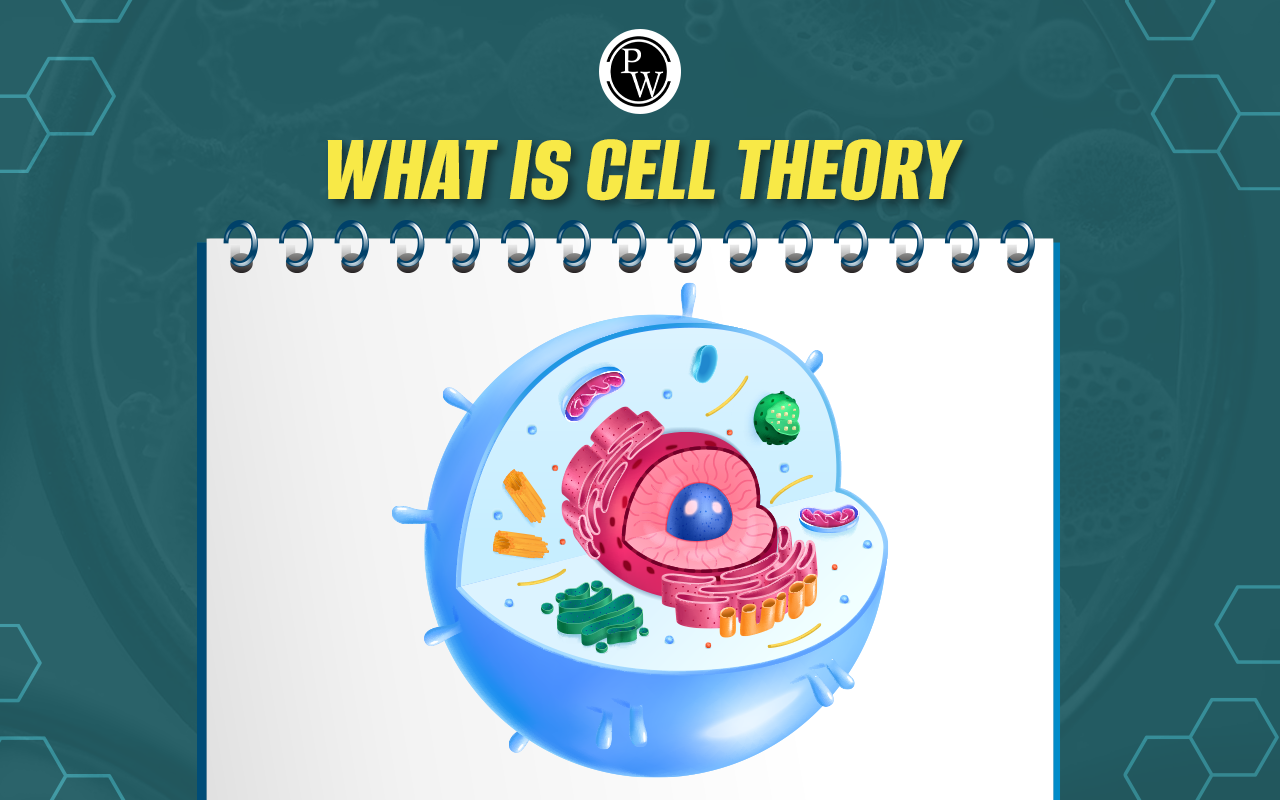
Classification of fungi is essential for understanding the vast diversity within this kingdom, which includes various organisms like molds, yeasts, and mushrooms. Fungi are classified based on their nutritional modes, reproductive strategies, and spore formation. Fungi play significant roles in ecosystems, acting as decomposers and forming symbiotic relationships with plants. Learning about their classification is crucial for the NEET Exam .
Classification of Fungi
The classification of fungi is based on unique structural, reproductive, and ecological features that set them apart from other organisms. Fungi belong to their own kingdom, Fungi, which includes a wide variety of organisms, ranging from multicellular molds and mushrooms to unicellular yeasts. They are classified into several groups depending on characteristics like the structure of their hyphae, mode of reproduction, and type of spores produced.Definition of Fungi
Fungi are a group of spore-producing organisms that obtain nutrients from organic matter, including molds, yeasts, mushrooms, and toadstools. Belonging to the Kingdom Fungi (or Mycota ) , these organisms are multicellular, eukaryotic, and heterotrophic in their mode of nutrition. They primarily live as saprophytes, breaking down dead material, or as parasites. Fungi exhibit significant diversity in their forms and habitats and are some of the most widespread organisms on Earth, holding crucial roles in the environment and medicine.Characteristics of Fungi
Here are some key characteristics of fungi:- Fungi are generally multicellular, with the exception of yeast, which is unicellular.
- Their cell walls are primarily made of chitin (a polysaccharide), although members of the class Oomycetes have cell walls made of cellulose.
- They are achlorophyllous, meaning they lack chlorophyll and are, therefore, heterotrophic in nature.
- Fungi store food in the form of glycogen and oil bodies.
- They reproduce through both sexual and asexual spores, which are characteristic of their unique life cycles.
- Examples of fungi include Rhizopus, Aspergillus, and Penicillium.
Criteria for Classification of Fungi
The classification of fungi is based on several key criteria that help differentiate various groups within this diverse kingdom. These criteria are essential for understanding fungal diversity and their ecological roles.Structure and Composition
Fungi have a unique body structure compared to plants or animals. They possess thread-like structures called hyphae, which branch and interconnect to form a dense network known as mycelium. This mycelium structure allows fungi to spread across surfaces, absorb nutrients efficiently, and form the basis for fungal growth and reproduction.Mode of Reproduction
- Fungi reproduce through both sexual and asexual methods, depending on the type and environmental conditions.
- In sexual reproduction , two fungal cells join to exchange genetic material, which results in genetically diverse spores.
- In asexual reproduction , fungi produce spores independently, leading to offspring identical to the parent. These spores allow fungi to spread and colonize new areas, as they can survive in various environmental conditions.
Nutritional Mode
Fungi can be classified into three groups based on their mode of nutrition.- Saprophytic Fungi: These fungi obtain nutrients from dead organic matter, decomposing and recycling nutrients back into the ecosystem.
- Examples : Rhizopus, Penicillium, and Aspergillus.
- Parasitic Fungi : These fungi feed on living organisms, absorbing nutrients directly from their hosts, which may include plants or animals.
- Examples : Taphrina and Puccinia.
- Symbiotic Fungi: These fungi form mutual relationships with other species, benefiting both partners.
- Examples: Lichens is a symbiotic association between algae and fungi; the fungi provide shelter, and the algae produce food through photosynthesis.
Based on Spore Formation
Fungi are classified into four main classes based on their spore formation:- Phycomycetes : Phycomycetes thrive in aquatic habitats and on decaying wood, sometimes as obligate plant parasites. Their mycelium is aseptate and coenocytic. Asexual reproduction occurs through motile zoospores or non-motile aplanospores produced in sporangia. Zygospores form by fusing gametes, which can be isogamous or anisogamous. Examples include Mucor, Rhizopus (bread mould), and Albugo (a parasitic fungus on mustard).
- Ascomycetes : Commonly known as sac fungi, ascomycetes can be multicellular (e.g., Penicillium) or unicellular (e.g., yeast, Saccharomyces). They exhibit a branched and septate mycelium. Asexual reproduction occurs through conidia, produced on conidiophores. Sexual reproduction involves forming ascospores in sac-like asci, found in fruiting bodies called ascocarps. Notable examples are Aspergillus, Claviceps, and Neurospora.
- Basidiomycetes : Basidiomycetes include mushrooms, bracket fungi, and puffballs. They grow in soil and decaying matter or can be plant parasites. Their mycelium is branched and septate, and they reproduce vegetatively through fragmentation. Sexual reproduction involves the formation of basidiospores in basidia, which develop into basidiocarps. Common members include Agaricus (mushroom), Ustilago (smut), and Puccinia (rust fungus).
- Deuteromycetes : Known as imperfect fungi, deuteromycetes are identified only by their asexual phases. Once their sexual forms are discovered, they are reclassified. These fungi reproduce solely through conidia and possess septate and branched mycelium. Many are saprophytes or parasites and contribute to mineral cycling. Examples include Alternaria, Colletotrichum, and Trichoderma.
MCQs of Classification of Fungi
Q1. In-class Phycomycetes, the mycelium is;
- coenocytic and aseptate.
- coenocytic and septate.
- unicellular and aseptate.
- multicellular and septate.
Q2. Which of the following fungi does NOT belong to phycomycetes?
- Rhizopus
- Mucor
- Albugo
- Agaricus
Q3. Which class of fungi has coenocytic and aseptate mycelium?
- Phycomycetes
- Ascomycetes
- Basidiomycetes
- Deuteromycetes
Answers of MCQs of Classification of Fungi
Ans1 . Coenocytic and aseptate.,| NEET Exam Important Links | |
|---|---|
| NEET Biology Syllabus | NEET Biology Diagrams |
| NEET Biology MCQ | NEET Biology Chapter wise Weightage |
| NEET Biology Notes | NEET Previous Year Question papers |
Classification of Fungi FAQs
Q. Which one of the following is not a criterion for the classification of fungi?
Ans. The classification of fungi is typically based on criteria such as modes of nutrition, spore formation, and reproductive strategies. Any option that does not relate to these aspects, such as the color of fungi or their geographical distribution, would not be a valid criterion for classification.
Q. What is the classification of fungi?
Ans. Fungi are classified into Chytridiomycetes, Zygomycetes, Ascomycetes, Basidiomycetes, Glomeromycetes, and Deuteromycetes.
Q. What are 5 examples of fungi?
Ans. Five examples of fungi include: Saccharomyces cerevisiae, Penicillium chrysogenum, Agaricus bisporus, Rhizopus stolonifer, and Aspergillus niger.
Q. What are the 7 classifications of fungi?
Ans. The classifications are Chytridiomycetes, Zygomycetes, Ascomycetes, Basidiomycetes, Glomeromycetes, Deuteromycetes, and Microsporidia.
🔥 Trending Blogs
Talk to a counsellorHave doubts? Our support team will be happy to assist you!

Free Learning Resources
PW Books
Notes (Class 10-12)
PW Study Materials
Notes (Class 6-9)
Ncert Solutions
Govt Exams
Class 6th to 12th Online Courses
Govt Job Exams Courses
UPSC Coaching
Defence Exam Coaching
Gate Exam Coaching
Other Exams
Know about Physics Wallah
Physics Wallah is an Indian edtech platform that provides accessible & comprehensive learning experiences to students from Class 6th to postgraduate level. We also provide extensive NCERT solutions, sample paper, NEET, JEE Mains, BITSAT previous year papers & more such resources to students. Physics Wallah also caters to over 3.5 million registered students and over 78 lakh+ Youtube subscribers with 4.8 rating on its app.
We Stand Out because
We provide students with intensive courses with India’s qualified & experienced faculties & mentors. PW strives to make the learning experience comprehensive and accessible for students of all sections of society. We believe in empowering every single student who couldn't dream of a good career in engineering and medical field earlier.
Our Key Focus Areas
Physics Wallah's main focus is to make the learning experience as economical as possible for all students. With our affordable courses like Lakshya, Udaan and Arjuna and many others, we have been able to provide a platform for lakhs of aspirants. From providing Chemistry, Maths, Physics formula to giving e-books of eminent authors like RD Sharma, RS Aggarwal and Lakhmir Singh, PW focuses on every single student's need for preparation.
What Makes Us Different
Physics Wallah strives to develop a comprehensive pedagogical structure for students, where they get a state-of-the-art learning experience with study material and resources. Apart from catering students preparing for JEE Mains and NEET, PW also provides study material for each state board like Uttar Pradesh, Bihar, and others
Copyright © 2025 Physicswallah Limited All rights reserved.
Get App









